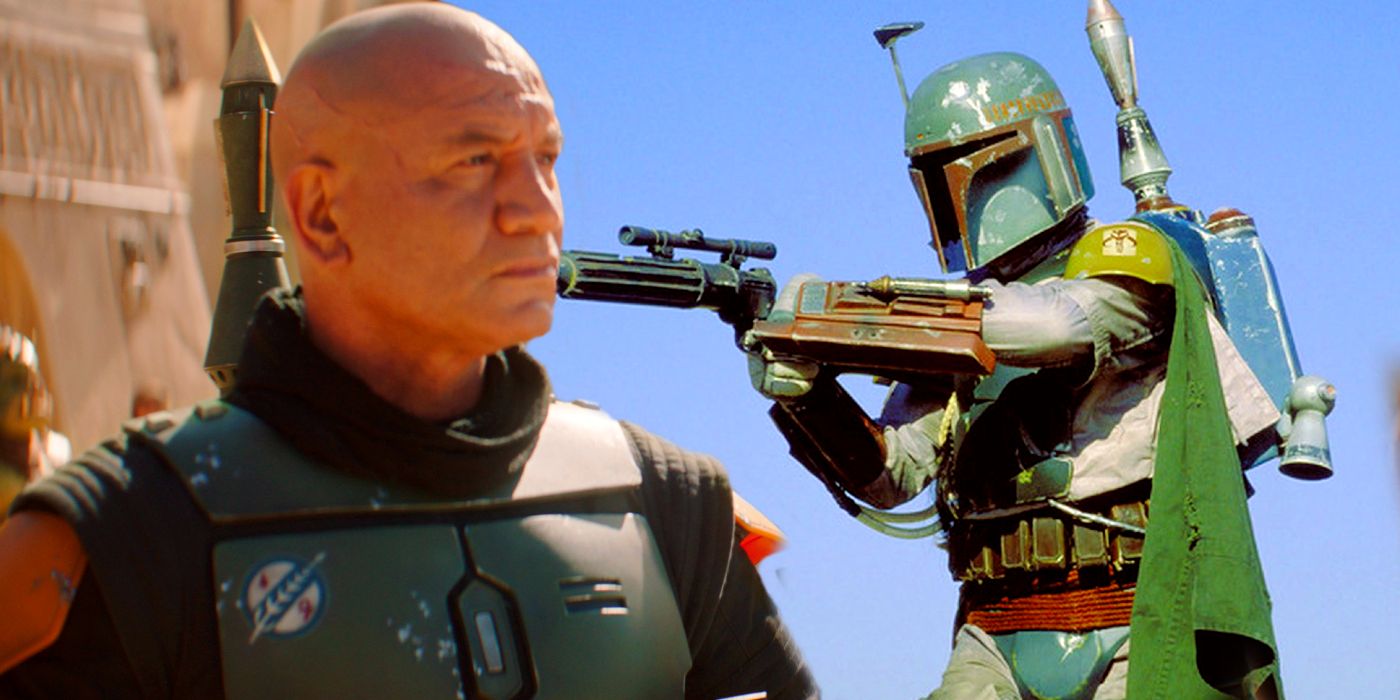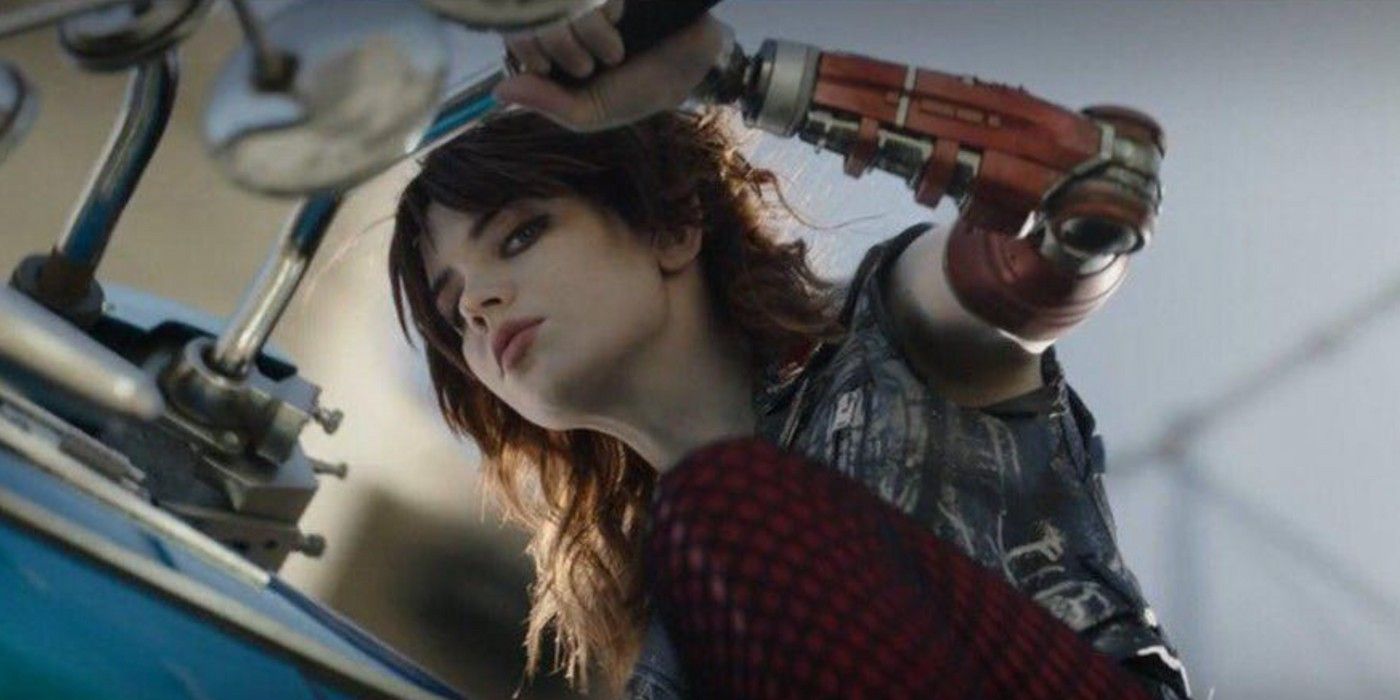
Warning: Contains SPOILERS for The Book of Boba Fett
The Book of Boba Fett demonstrates new heights for Disney's Star Wars renaissance, but the series remains marred by persistent issues that are indicative of how the studio utilizes George Lucas' universe. The Book of Boba Fett follows the titular bounty-hunter-turned-crime-lord after the events of The Mandalorian season 2, though it also heavily focuses on his backstory following his apparent death in Episode VI: Return of the Jedi. It's this reliance on callbacks to previous films and TV series as well as a bizarre re-contextualization of Fett's character that sees the series embody the worst of modern Star Wars, as well as the best.
The series follows Boba Fett as he tries to make a name for himself in Moss Espa, following in the slug trail of the previous crime boss, Jabba the Hutt. Episode 3 sees Boba recruit a gang of young bikers who use multicolored, Quadrpphenia inspired speeders. The series also introduces The Twins, cousins of Jabba the Hutt who lay claim to Fett's territory and send the Wookie bounty hunter Black Krrsantan to kill him, before ultimately gifting him a pet Rancor. However, the series also focuses on Fett recalling his time with a tribe of Tusken Raiders who enslave him, but later come to respect him as one of their own, following his tumble into the sarlacc pit.
The Book of Boba Fett is, in many ways, the peak of modern Star Wars. Like The Mandalorian, it leverages a grittier tone and channels elements from the Hollywood western and mafia genres to deliver a unique Star Wars story that is both gripping and refreshing. Its action is generally solid, and its arc involving the Tusken Raiders is incredibly dark, and feels as if it was ripped directly from the prequel trilogy. However, the series also chooses to reframe Boba Fett as a heroic character, which is far removed from the now non-canon Legends version of the character. The Fett of old is an individualistic, ruthless bounty hunter. While it's exciting to see him take center stage, it's disappointing that Disney is watering him down and turning him into a good-hearted freedom fighter instead of a morally gray cynic.

The series also too often makes its reliance on existing iconography and characters apparent. Its re-vamp of the Tusken Raiders is a refreshing change of pace. Yet, introducing more Hutt characters, a Rancor, and a Wookie bounty hunter all feels overdone and lazy. Just like how the Star Wars sequel trilogy re-hashed popular elements from the original three films, The Book of Boba Fett continues to milk every familiar piece of Tatooine's iconography instead of introducing new characters and places.
When the series does add something new, its effectiveness is questionable. The most jarring new element is the biker gang and their multicolored speeder scooters, which are both laughable and not at all intimidating. This problem stems from the use of iconography that is too rooted in the real world, something Episode VIII: The Last Jedi also implemented in its infamous Canto Bight scene.
Overall, The Book of Boba Fett is entertaining and refreshing, and mostly maintains the level of quality set by The Mandalorian. However, its watering down of Boba Fett, reliance on existing iconography, and questionable new creative decisions can't be overlooked. It remains to be seen whether the series will overcome these issues, and whether it will come to represent the worst or the best of modern Star Wars.
Episodes of The Book of Boba Fett stream Wednesdays on Disney+
Comments
Post a Comment